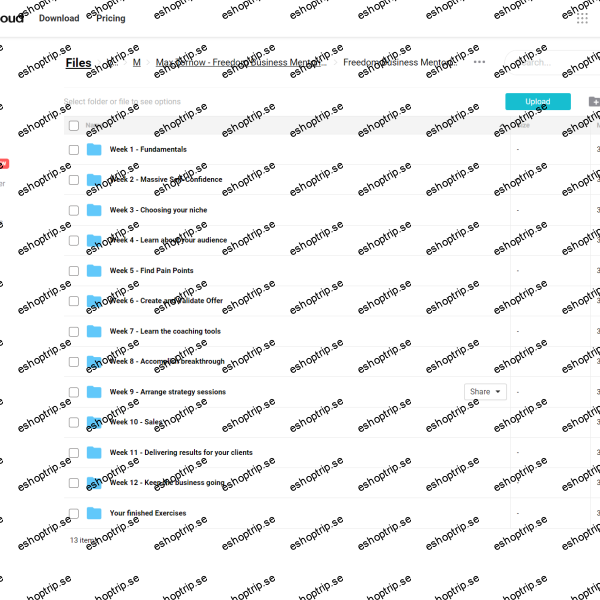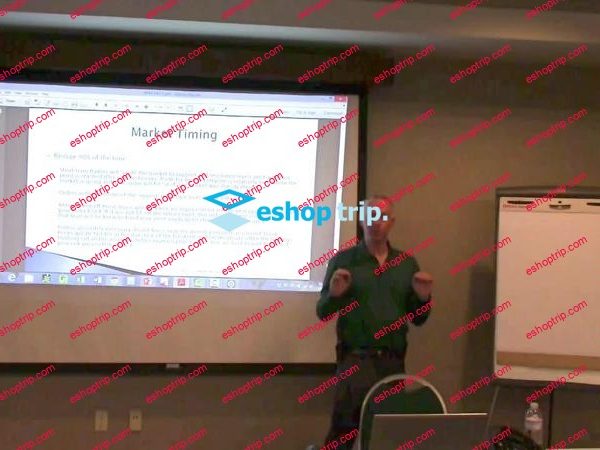Last updated 9/2021
MP4 | Video: h264, 1280×720 | Audio: AAC, 44.1 KHz
Language: English | Size: 2.57 GB | Duration: 1h 57m
A guide to freelance proofreading business, Proofreading design and evaluation, Strategies for effective proofreading
What you’ll learn
The ultimate to starting a freelance proofreading business
How to start a proofreading business
Learn proofreading and design evaluation
Understand proven strategies to proofread effectively
Qualities of an outstanding proofreader
Key skills and techniques to proofread academic and business documents
Top mistakes editors and proofreaders make
Learn the difference between proofreading and editing
Requirements
No requirement
Description
We must understand that proofreading is the act of reading written work and marking any errors. These mistakes mostly involves spelling, grammar, punctuation, and consistency. The aim of the proofreader is to ensure that the book or essay get out there with accuracy and fit for business and purpose, because of the skills and competence of proofreaders a lot of people trust their work and believe that they can give them accurate work when they are being contracted. In this modern times proofreading have move to a different dimension from the traditional time to current most proofreaders do their work on the computer, with modern digital publishing ( and computerized printing methods), proofreading is now usually done on a computer- through some proofreaders still prefer marking up physical copies. Currently a professional proofreader does more that just looking for grammar, spelling and punctuation mistakes, they also look for consistency issues and challenges that hamper the reading experience which can include checking that the index matches the content, verifying that the copy adheres to the authors chosen style guide and making sure that images have correct captions. WE must know that proofreaders will not usually copy-edit, meaning that they won’t make any changes to the manuscript directly. Their primary role is to highlight potential mistakes, allowing the writer or editor to make the final decision. In this world of open market and technological development era, setting up a proofreading business will go a long way to help new professionals depend on established institutions, but rather being on their own to gain experience and learn easily on the market trends and analysis, all proofreaders ensure that they do quality work to their client and ensure the quality of their work is maintain.
Overview
Section 1: Introduction
Lecture 1 Introduction
Lecture 2 What is proofreading
Lecture 3 Types of proofreading
Lecture 4 Difference between proofreading and editing
Section 2: The Ultimate Guide To Starting A Freelance Proofreading Business
Lecture 5 Write a business plan
Lecture 6 Get some training
Lecture 7 Gather your tools
Lecture 8 Set your proofreading rates
Lecture 9 Set up a website
Lecture 10 Set up social media accounts
Lecture 11 Start networking
Lecture 12 Find directories to list on
Lecture 13 Gather testimonials from your first customers
Lecture 14 Engage in continuous professional customers
Section 3: How T Start A Proofreading Business
Lecture 15 Plan your business
Lecture 16 Form a legal entity
Lecture 17 Register your taxes
Lecture 18 Open a business bank account and credit card
Lecture 19 Set up business accounting
Lecture 20 Obtain necessary permit and licenses
Lecture 21 Get business insurance
Lecture 22 Define your brand
Lecture 23 Create your business website
Lecture 24 Set up your business phone system
Section 4: Proofreading And Design Evaluation
Lecture 25 Introduction
Lecture 26 Framing
Lecture 27 Typefaces
Lecture 28 Paragraphs
Lecture 29 Visual aids
Section 5: Proven Strategies To Proofread Effectively
Lecture 30 Take print outs
Lecture 31 Tricky punctuation errors
Lecture 32 Read out loud
Lecture 33 Take short breaks
Lecture 34 Run a fact -check
Lecture 35 Block out distraction
Lecture 36 Sleep on it
Section 6: Qualities Of An Outstanding Proofreader
Lecture 37 Knowledge
Lecture 38 Focus
Lecture 39 The ability to be meticulous
Section 7: Key Skills And Techniques To Proofread Academic And Business Document
Lecture 40 Time and skills
Lecture 41 Proofreading academic document
Lecture 42 Proofreading business documents
Section 8: Top Mistakes Editors And Proofreaders Make
Lecture 43 Not verifying the intended audience
Lecture 44 Failing to confirm what style is being used
Lecture 45 Permitting faulty paraleism and neglecting sentence construction
Lecture 46 Disregarding the need for both an editor and a proofreader / abandoning breaks
Students, publishers, proofreaders, editors, teachers, managers, journalist, business people, lawyers, directors, writers, media people, broadcasters, CEO, advertisers, translators, etc
HOMEPAGE
https://anonymz.com/?https://www.udemy.com/course/professional-proofreading-business/












Reviews
There are no reviews yet.